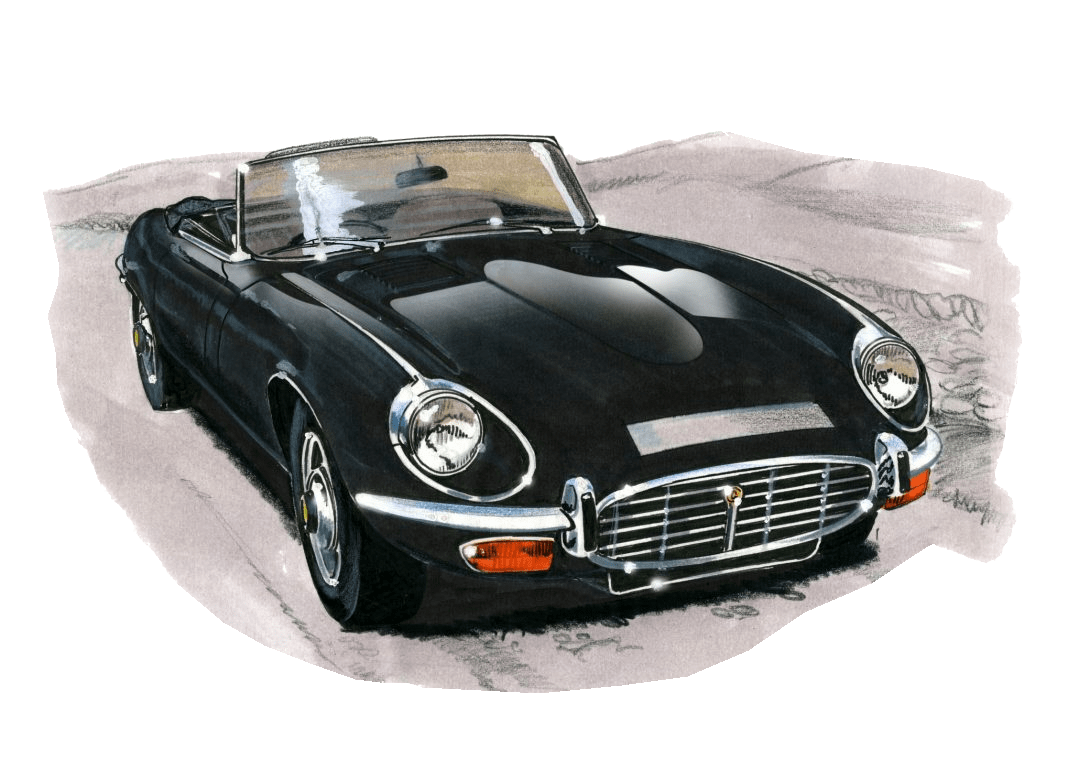
When it comes to the most desirable classic cars, the name Jaguar E-Type Series III invariably rings a bell among car enthusiasts. Launched in 1971, this British iconic sports car, with its sleek design, dreamy performance and luxury-appointed features, has been an epitome of forward-thinking engineering. Today, it is hailed as one of the most influential cars in the automotive world. But the question is – did the Jaguar E-Type Series III possess any features that were way ahead of its time? The answer is a resounding yes. This article delves into how advanced the Jaguar E-Type Series III was for its era.
The most striking advancement of the Jaguar E-Type Series III concerned its powertrain. Under the hood, Jaguar made a significant leap forward by installing a 5.3-litre V12 engine – an enormous shift from the six-cylinder engines of its predecessors – the Series I and II. In a time when many vehicles were still riding on underpowered engines, this V12 power-plant was a true game-changer, offering the driver top speeds of up to 150 mph and a 0-60 mph sprint in less than 7 seconds. The car was a trailblazer in terms of demonstrating the British automaker’s determination to deliver high-performance vehicles.
Another technological milestone was the introduction of power-assisted steering as a standard feature. Power steering was a novel innovation in the early 1970s, and making it a standard part of the Series III contributed to improving the car’s maneuverability and the overall driving experience.
Jaguar also shook up the norms by designing the Series III with a larger grille for better cooling, combined with a subtly altered profile featuring flared wheel arches to accommodate wider tyres. This was not just a stylish aesthetic adjustment but a salient demonstration of its advanced aerodynamic design. This engineering feat was ahead of many other contemporaries and added a unique sporty appeal to the Series III.
In terms of interior refinements, the Series III boasted a significantly more comfortable and luxurious cabin than its Series I and II counterparts. Its sophisticated internal features were ahead of their time as well. Notably, it introduced regular seat belts and headrests, geared towards better safety measures, which weren’t commoditized standard features in many cars of that era. Furthermore, the inclusion of adjustable steering column and air conditioning, certainly considered a luxury during the 1970s, clearly signified that the E-Type Series III was in a league of its own.
Finally, the E-Type Series III deserves commendation for its four-wheel disc brakes, and its use of the sophisticated independent rear suspension. These were innovative technologies for the era and contributed not only to the car’s superior handling and performance, but also to its safety and comfort.
In retrospect, the Jaguar E-Type Series III, with its standout features like the V12 engine, power-assisted steering, advanced aerodynamic styling, sophisticated interior design, and independent rear suspension, was indeed far ahead of its time. These features were not just transformative for 1970s automotive standards, but have continued to influence modern automotive design and technology. They have made this classic sports car a testament to Jaguar’s legacy and a treasured piece of automotive history that still turns heads today.